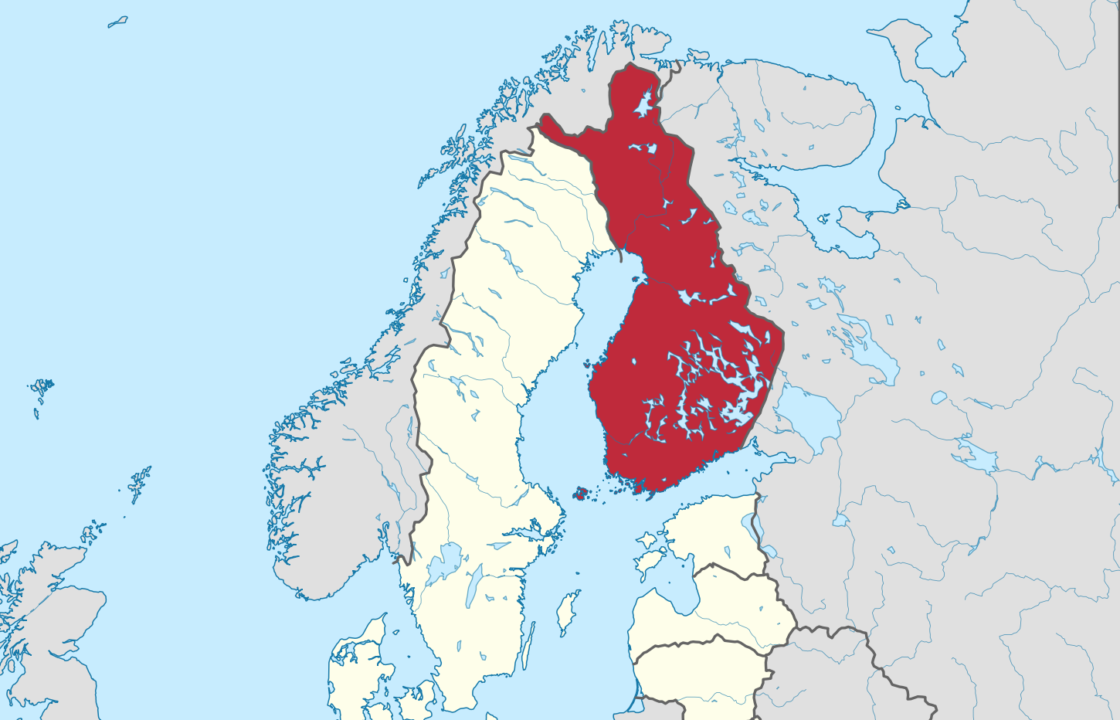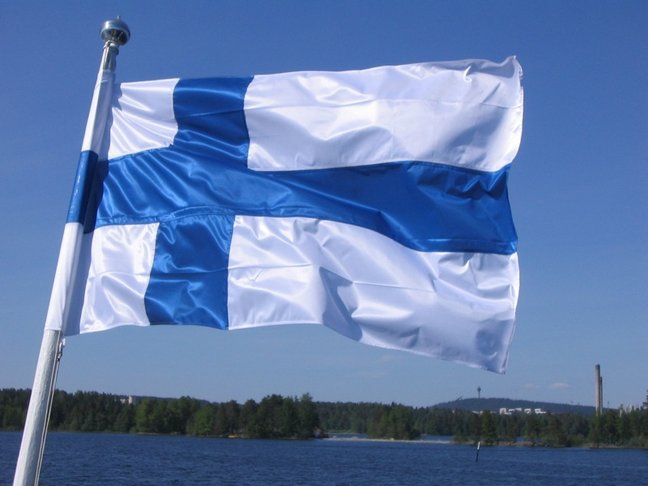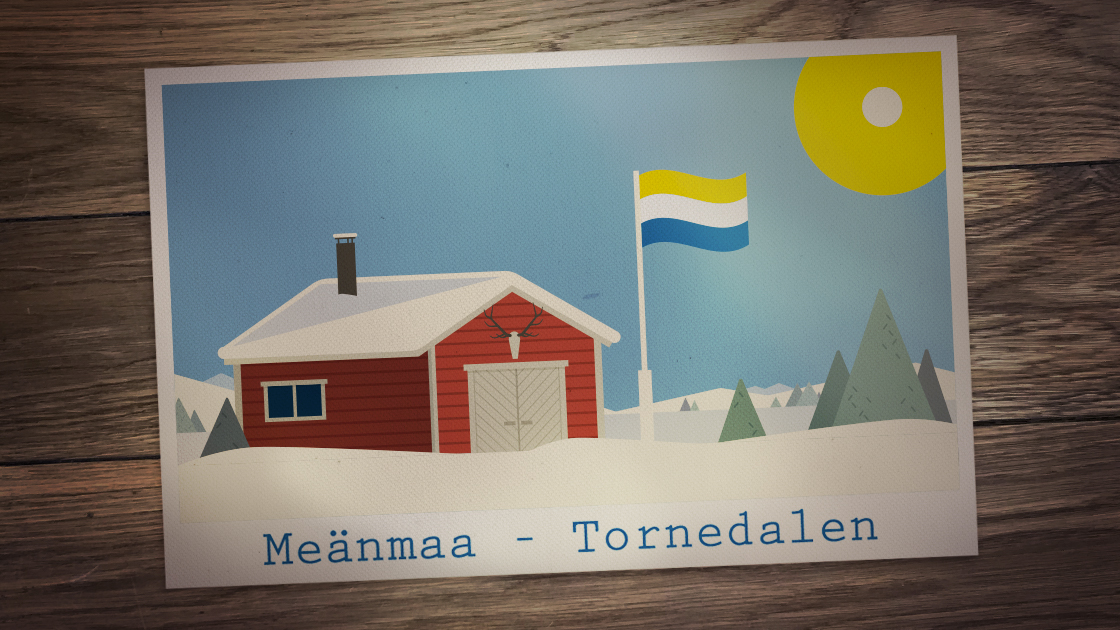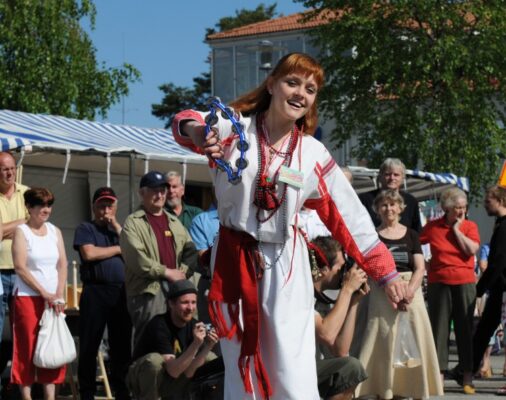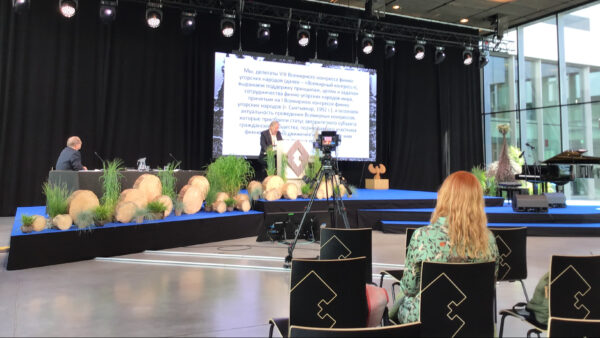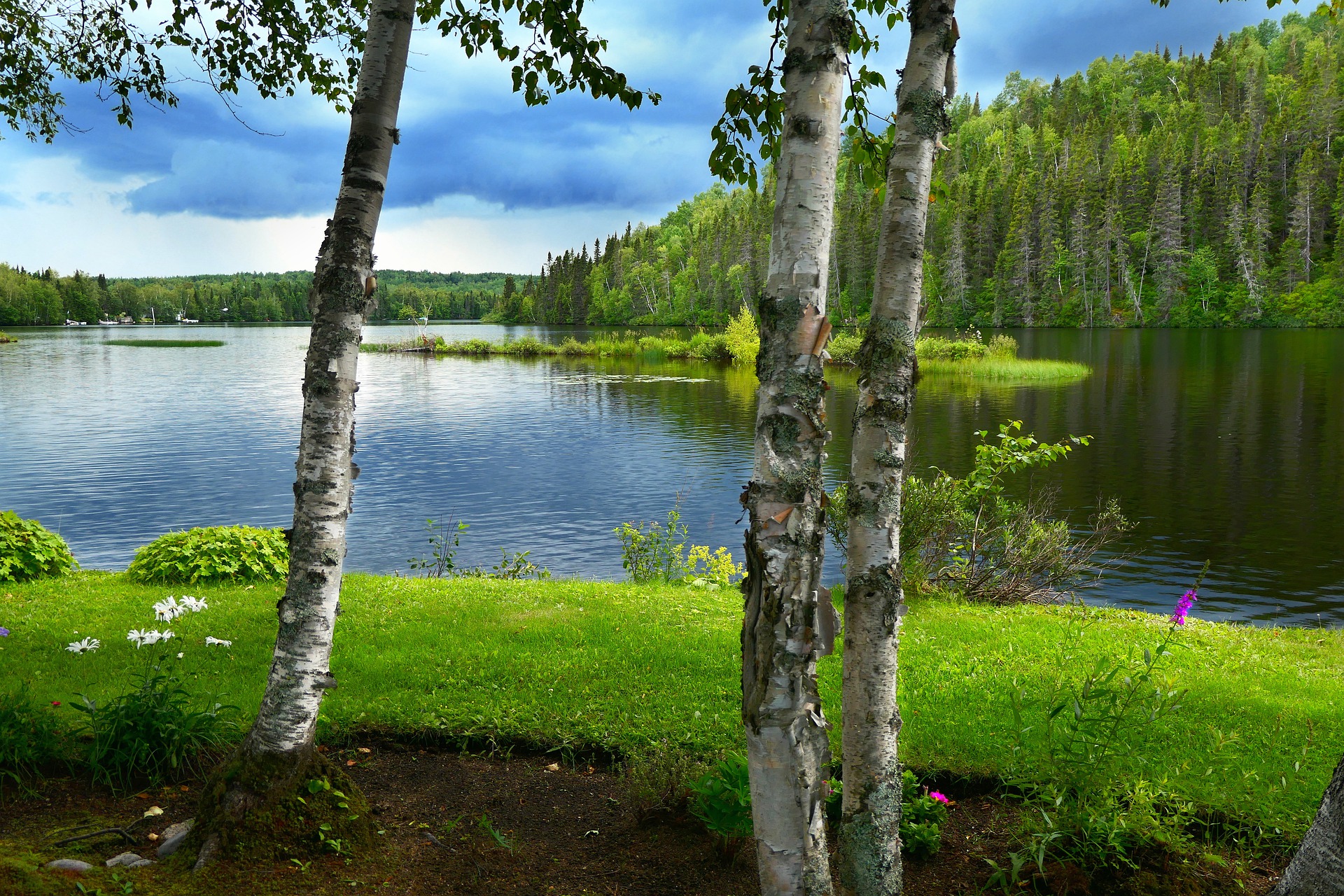
Finns
Territories
Finns have traditionally lived in Finland, Sweden, Norway and Ingria (in Leningrad Oblast of the Russian Federation).
Population
Finns are the second largest Finno-Ugric people after Hungarians. Worldwide there are over 5 million Finns.
Language
The Finnish language belongs to the Baltic-Finnic group of Uralic languages. Finnish language has several dialects, such as Savo, Häme, Turu, etc. Sweden has recognised the Finnish dialect spoken in the Tornio valley (meänkieli) as a separate language. Norway has recognised Kvens who live near the Arctic Ocean as a separate national minority, even though academics have usually considered them as Finns. Until the 1960s, Forest Finns living in central Norway and Finland spoke Finnish as their mother tongue. The closest language to Finnish is the Northern Karelian language, while Livvi Karelian and Izhorian languages are more distant.
Culture
Finnish-language education was founded in the 16 century (the first Finnish-language book was an ABC ‘ABCkirja’ from 1543), before that Swedish was mostly used as the language of instruction. The Finnish language acquired equal status with Swedish as Finland’s official language in 1863.
Kindred Finno-Ugric peoples’ movement in Finland
Finns have interacted with eastern Finno-Ugric peoples already since the 2nd half of the 19th century. Finnish scholars have been interested in the common Finno-Ugric and Uralic ethnic legacies and cultures. In particular, Karelian culture, through the joint ‘Kalevala’ epic has greatly influenced the formation of Finnish ethnic identity. Since 1991 the day of kindred Finno-Ugric peoples has been observed in Finland, though it has not received an official status yet.
